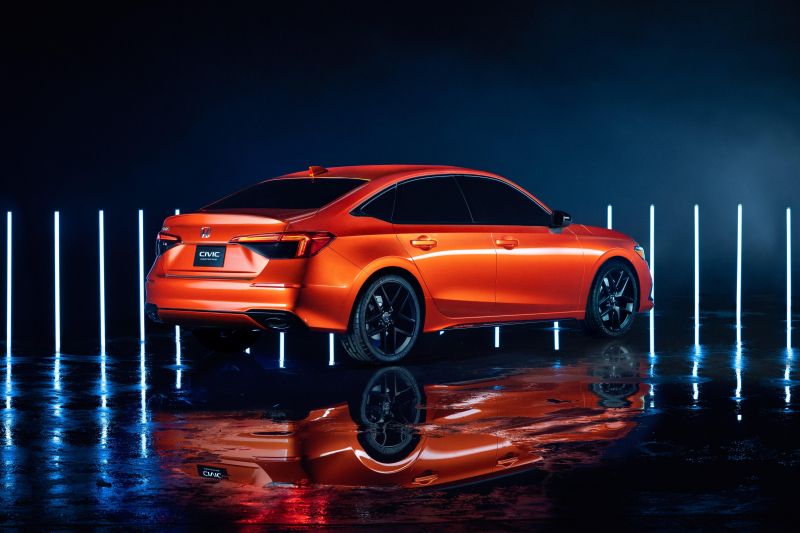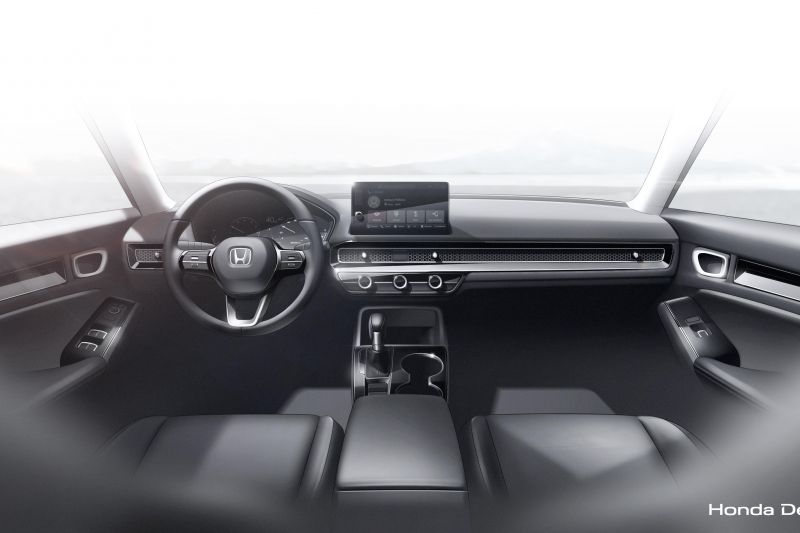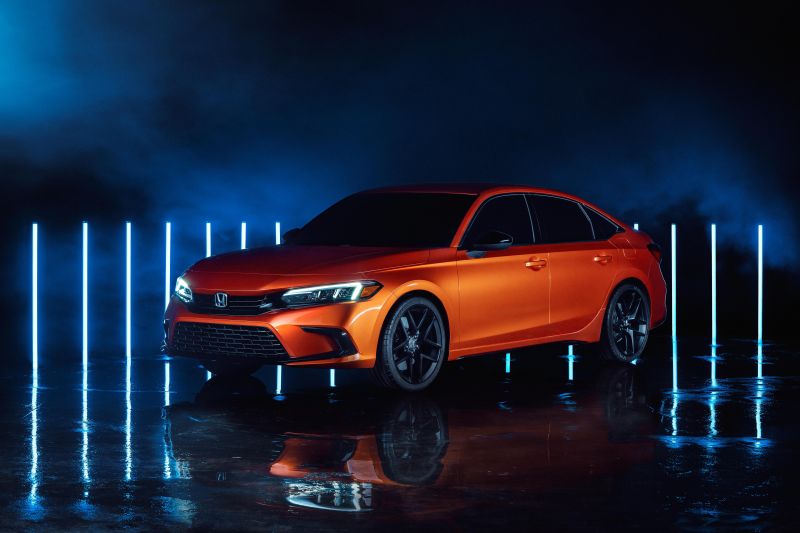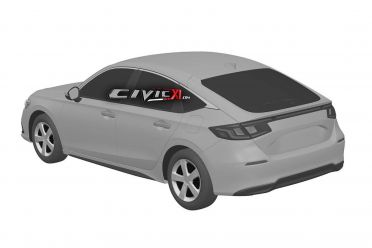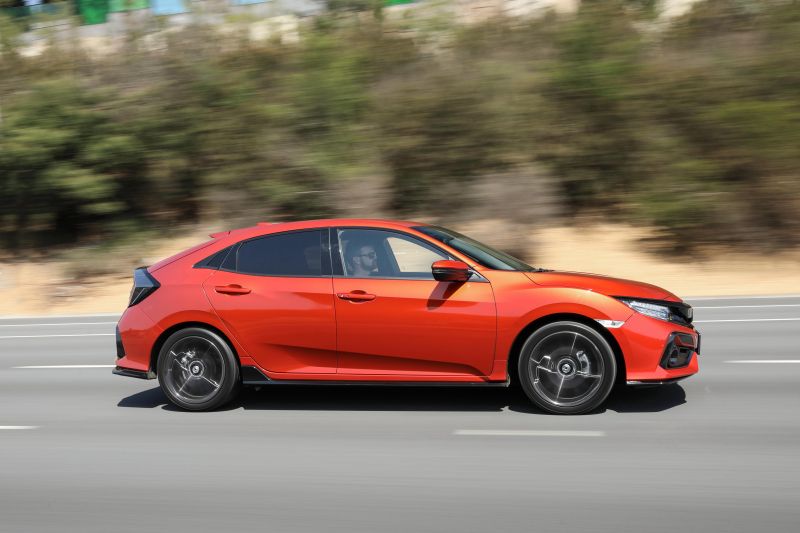The 11th-generation Honda Civic has been revealed, albeit in a body style we won’t be getting here.
Though pre-empted by an 11th hour leak, Honda took to Twitch to show the new Civic sedan in prototype form.
Despite that appellation, this looks like an essentially production-ready version of the next sedan, which will be followed by both regular and Type R hatchback models. We’ll only get the hatchbacks here.
“The Civic nameplate will continue as a core model in Honda’s line-up in Australia with the next generation, however, the sedan bodystyle will be run-out locally when the current model reaches the end of its lifecycle towards the middle of next year,” said a spokesperson from Honda Australia.
“The 11th generation Civic will be offered in the hatchback bodystyle preferred by the majority of small car buyers in Australia, including the performance Type R variant.”
The current US market model is manufactured in the USA and Canada, with the Type R imported from the UK. With Honda’s Swindon plant closing, Type R production will move to the USA.
Our regular Civic hatchbacks will likely continue to be sourced from Thailand.
The 11th generation has a cleaner, crisper look than the outgoing model.
Like on Civics and Accords of yore, the new model has a low beltline and Honda has aimed for a “thin and light” body design with a low bonnet and front fenders.
Visibility has been improved through the moving of the A-pillars further rearward, plus a repositioning of the side mirrors.
Though the Civic’s overall look has a family resemblance to the Accord and Insight, the Civic appears more angular overall. The sides are clean and unadorned, with a subtler character line.
The beltline still sweeps upwards aft of the C-pillar but it now has a more angular treatment, while more horizontally-oriented tail lights are said to emphasise the car’s width.
Inside, there’s a similarly uncluttered look reminiscent of the Honda E. With clean lines and air vents hidden within a full-width mesh accent, it’s neater and arguably more timeless than the outgoing cabin.
For the first time, Honda will offer the Civic with a digital instrument cluster. The touchscreen infotainment system also grows from 7.0 inches to 9.0 inches.
The company says it’ll introduce “multiple new active and passive safety systems” and “multiple new airbag designs”, while a more rigid body structure improves occupant and pedestrian collision protection and improves refinement, ride quality and handling.
Honda didn’t use the reveal to share any information about the Civic’s powertrain options.
The current car offers a choice of naturally-aspirated 1.8-litre (104kW/174Nm) and turbocharged 1.5-litre (127kW/220Nm) four-cylinder powertrains, both mated with a continuously-variable transmission.
The hot Type R has a 2.0-litre turbo four with 228kW of power and 400Nm of torque, mated with a six-speed manual.
The prototype is painted in a new colour, Solar Flare Pearl.
We’ve seen what the hatchback will look like thanks to patent renderings, with a similarly subdued exterior.
Though its tail light assembly is located higher up and has a different shape, the rest of the hatch’s rear is otherwise visually similar to the sedan’s.
That’s in contrast to the current model, where sedan and hatch share similar tail lights but the hatch diverges with a racier rear bumper with exaggerated cutouts.
We don’t yet know what the Type R will look like. The current car has even more vents and scoops than the regular Civic, not to mention one of the wildest rear spoilers on the market.
The current generation’s sharp design undoubtedly helped revive Civic sales in Australia.
Introduced mid-way through 2016 in sedan form, with the hatchback following around 12 months later, the 10th generation has proven more popular than its predecessor.
Honda has sold more than 10,000 examples of the current car in each full year it’s been on sale, most years cresting 13,000 sales.
In contrast, the ninth-generation Civic exceeded 10,000 annual sales only twice during its 2012-16 run.







